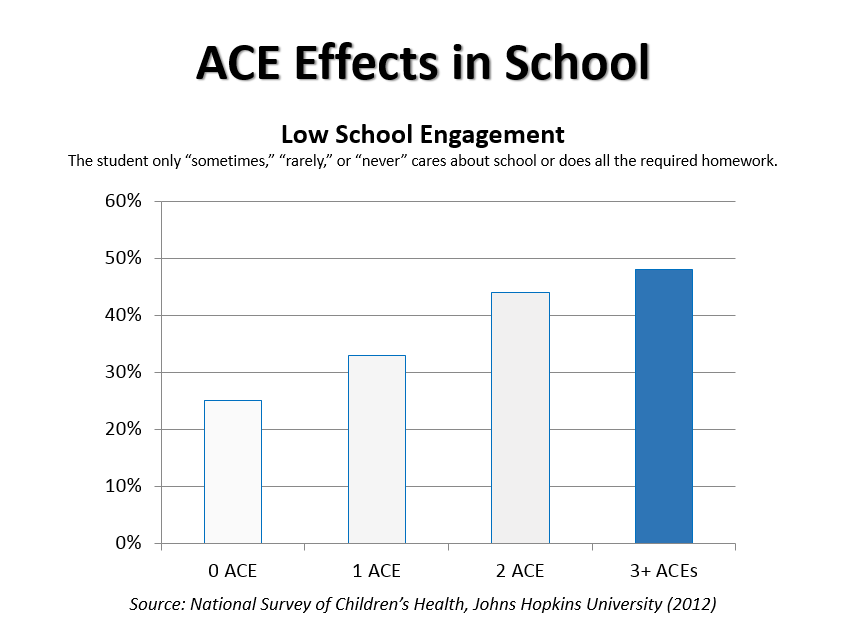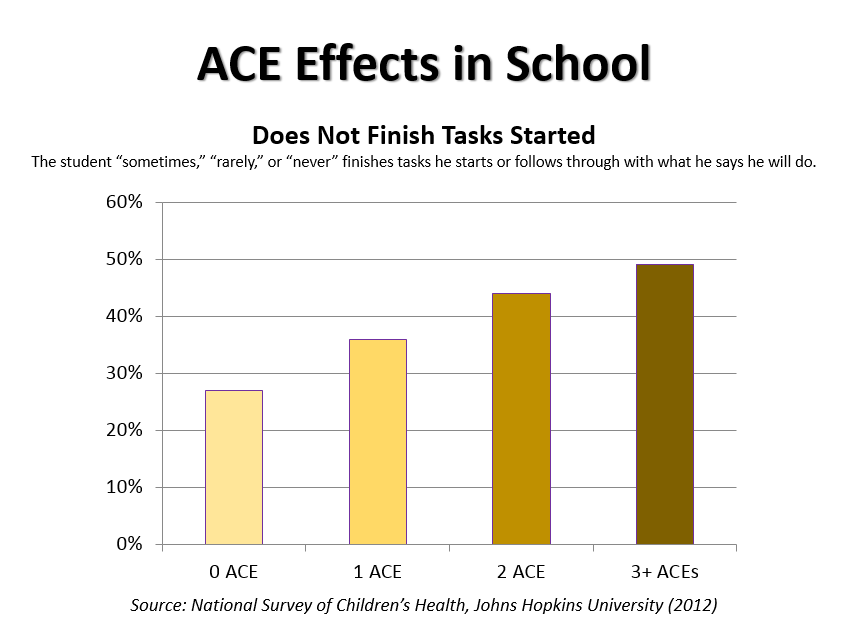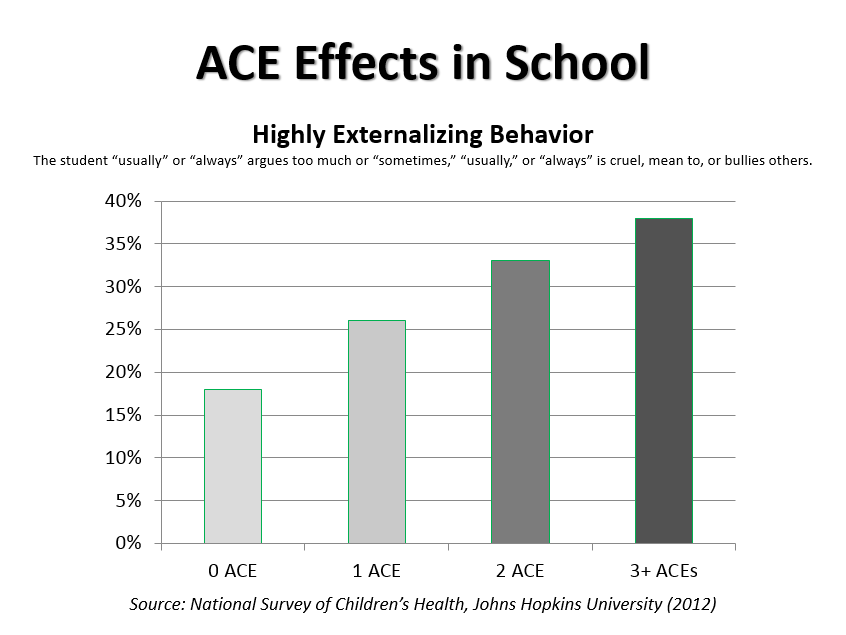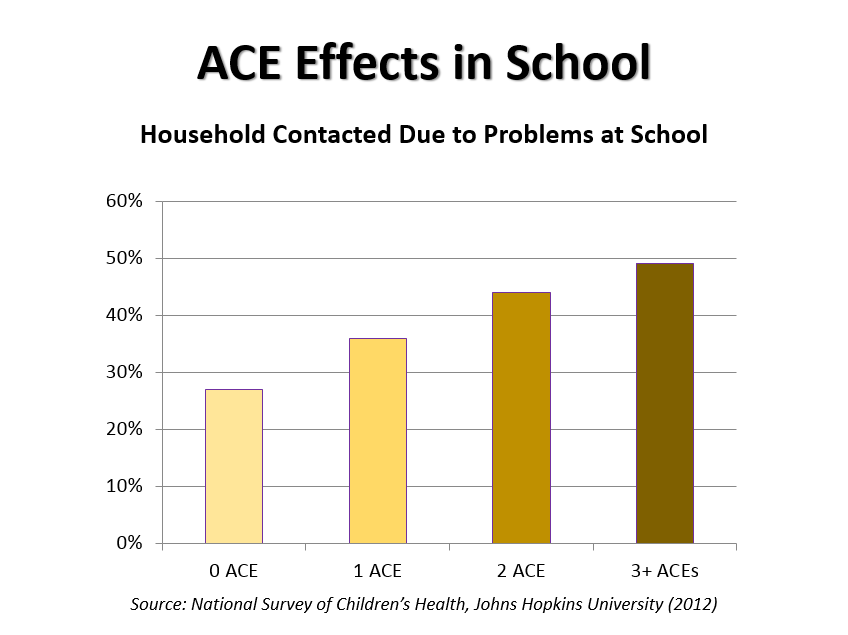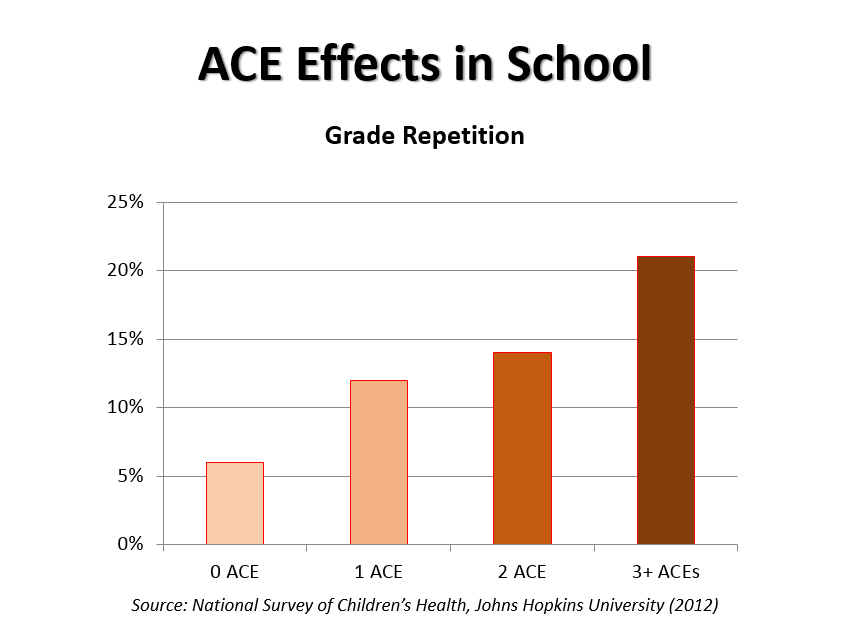Adverse Childhood Experiences
What are ACEs?
Adverse Childhood Experiences are childhood traumas that can result in actual changes in brain development. These changes have been shown to impact a child’s learning ability, social skills and can cause in a variety of long-term health and opportunity problems. The Centers for Disease Control and Prevention views ACEs as one of the major health issues facing our nation in the 21st century.
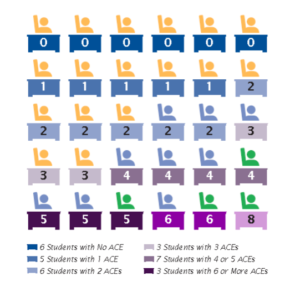
Source: Washington State Family Policy Council
In fact, ACES are very common among youth througout Washington State and Snohomish County. According to the Snohomish County Health District, local youth who report having ACEs experience:
- Greater chance of poor academic performance;
- Greater chance of using alcohol, cigarettes and illicit drugs;
- Greater chance of being involved in violence;
- Greater chance of having diabetes, asthma, or being obese.
The Washington State Family Policy Council estimated that nearly 1/3rd of students in classroom of 30 will have an ACE score of 3 or more. ACEs are powerful predictors of poor health and opportunity loss in later life, they often go undetected through key early developmental stages. Research has identified a set of 10 adverse experiences that predict poor outcomes.
The Adverse Experiences
- Emotional abuse
- Physical abuse
- Sexual abuse
- Emotional neglect
- Physical neglect
- Mother treated violently
- Household substance abuse
- Household mental illness
- Parental separation or divorce
- Incarcerated household members
ACEs Impact Student Outcomes
In 2012, researchers from Johns Hopkins University published their findings on the impact of unmitigated ACES in school buildings. Students with an ACE score of 3 or more experienced risk factors for academic failure at nearly twice the rate of students with zero ACEs, and nearly quadrupled the rate for grade repetition.
ACEs Contribute to Staff Burnout
In addition to ACEs significant impact on student outcomes, many teachers and paras are also impacted by their student’s exposure to trauma. They are essentially serving on the ACEs “frontline” without the appropriate training or tools to teach to these trauma-injured brains. The result is they are likely experiencing the emotional residue of working with trauma impacted students and families, also called vicarious trauma or compassion fatigue.
Personal Impacts of Vicarious Trauma
Experiencing the emotional residue of working with trauma impacted students and families can result in staff burnout. Do you recognize any of these symptoms among your colleagues?
- Physical – loss of sleep, not eating well, low energy
- Emotional – anxiety, sadness, numbness
- Behavioral – absent minded, losing things
- Cognitive – diminished concentration, loss of focus, hypervigilance
- Interpersonal – mistrust, withdrawal,
- Spiritual – workplace frustration, feeling lack of support, not satisfied, “my job is…”
It is normal to experience compassion fatigue – profound emotional and physical erosion – when we are unable to refuel and regenerate ourselves. Symptoms of compassion fatigue often look like:
- Wishing a student would just get over it (“Suck it up.”)
- Blaming students for their problems
- Using anger or sarcasm when trauma symptoms manifest
- Lacking Empathy or fearing what the student will start to talk about
- Ignoring clear signs of trauma or the student altogether.
The Bottom Line – Why ACEs Should Matter to You
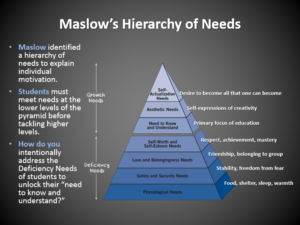
ACEs impact learning.
- Children’s behavior and emotional adjustment facilitates or hinders their academic success;
- In addition to impacting their own learning, these behaviors influence the entire school system including classmates, teachers and administrators ; and
- How school staff succeed in responding to the needs of trauma-impacted students is essential to the success of all students in the school.
Dig Deeper: The Science Behind ACES
